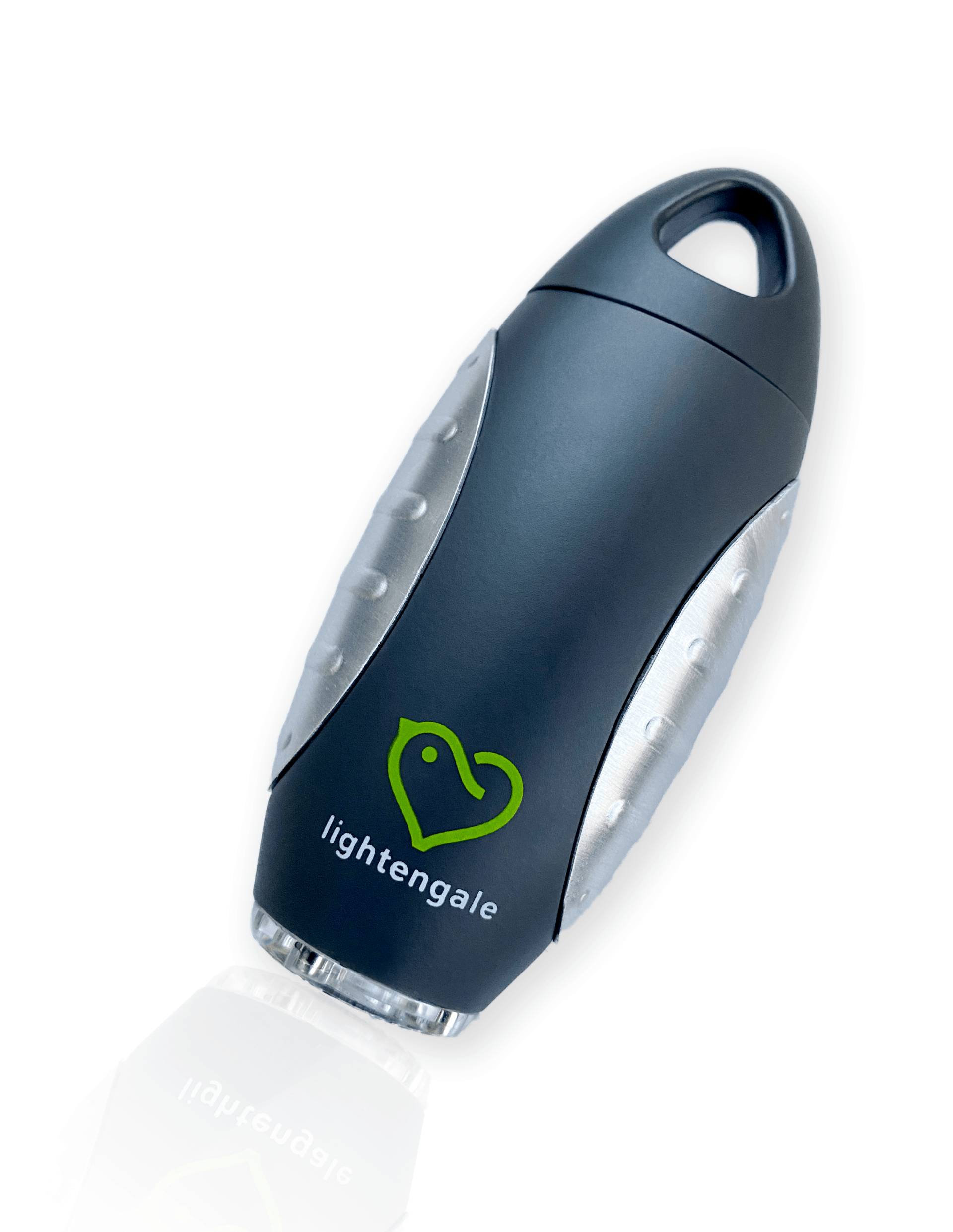Mitigated risk. Increased safety. Reduced exposure.
Improved outcomes for everyone.
Medication errors rank in the top five reasons for all malpractice lawsuits, 1 and in the ICU, over 20% of medication errors are due to IV line mixups. 2 We have a solution.
1. 2012 Annual Report, National Practitioner Data Bank
2. Pennsylvania Patient Safety Authority Amanda Wollitz, PharmD, Patient Safety Analyst; Matthew Grissinger, RPh, FISMP, FASCP, Manager, Medication Safety Analysis. Aligning the Lines: An Analysis of IV Line Errors. Pa Patient Saf Advis 2014 Mar;11(1):1-7
Managing IV medication lines of the fragile patients in the ICU is extremely time consuming and prone to error.
Infusion line differentiation can be a matter of life and death and ICU patients often receive more than twice the number of IV drugs compared to non-ICU patients. 3
According to the New England Journal of Medicine, 99% of physicians face at least one lawsuit by age 65. 4 According to data from the 2012 Annual Report from the National Practitioner Data Bank, $3.6 billion was paid in medical malpractice payouts just that year. People receiving inpatient care made up 45% of cases, and medication errors ranked in the top five reasons for all malpractice lawsuits. 5
Adverse drug events represent the most common medical error in the United States. 6 We know that the higher number of drugs being infused to a patient intravenously translates into a greater likelihood of an adverse drug event, 7 as mixing up any one of those lines may have fatal consequences. In the ICU, nearly 40% of medication errors occur during administration, 8 and over 20% of errors are due to IV line mixups. 9
3. Intensive Care Medical Experimental Doesburg et al. Intensive Care Medicine Experimental 2015, 3(Suppl 1):A555 http://www.icm-experimental.com/content/3/S1/A555
4. New England Journal of Medicine
5. 2012 Annual Report, National Practitioner Data Bank
6. StatPearls Carver N, Gupta V, Hipskind JE. Medical Error. [Updated 2020 Jul 10]. In: StatPearls [Internet]. Treasure Island (FL): StatPearls Publishing; 2020 Jan-. Available from: https://www.ncbi.nlm.nih.gov/books/NBK430763/
7. Critical Care Medicine Kane-Gill, Sandra L. PharmD, MSc, FCCM, FCCP; Kirisci, Levent PhD; Verrico, Margaret M. RPh; Rothschild, Jeffrey M. MD, MPH Analysis of risk factors for adverse drug events in critically ill patients*, Critical Care Medicine: March 2012 - Volume 40 - Issue 3 - p 823-828 doi: 10.1097/CCM.0b013e318236f473
8. BMJ Quality & Safety Carayon P, Wetterneck TB, Cartmill R, Blosky MA, Brown R, Kim R, Kukreja S, Johnson M, Paris B, Wood KE, Walker J. Characterising the complexity of medication safety using a human factors approach: an observational study in two intensive care units. BMJ Qual Saf. 2014 Jan;23(1):56-65. doi: 10.1136/bmjqs-2013-001828. Epub 2013 Sep 19. PMID: 24050986; PMCID: PMC3938094.
9. Pennsylvania Patient Safety Authority Amanda Wollitz, PharmD, Patient Safety Analyst; Matthew Grissinger, RPh, FISMP, FASCP, Manager, Medication Safety Analysis. Aligning the Lines: An Analysis of IV Line Errors. Pa Patient Saf Advis 2014 Mar;11(1):1-7.
Lightengale mitigates potentially dangerous errors with a simple, yet powerful solution.
Visibly Safe
By using light-emitting cables, nurses can illuminate individual IV lines from pump to patient, thereby reducing risk and increasing patient safety.
Practical Technology
Manufactured with simple, reliable components, Lightengale IVT System requires zero additional set-up or modifications of current protocols.
Increased Efficiency
Rather than adding steps or color codes or protocols, this solution reduces the complex nature of tracing infusion lines, thereby reducing risk for error.
a
Reliable Support
Our expert support team is available to ensure the seamless implementation and integration of your Lightengale system
saving you
money, time, and lives.


Despite the prevalence of IV administration errors, there remains a low appreciation for this common threat to patient safety.
While a crucial step for nurses to prevent mixups, manual line tracing is time consuming and prone to error. Using line labels to identify each end of a line is better than nothing, but in one study, incomplete labeling of IV tubing represented over 31% of documentation errors. 10
Patient safety demands a better solution. Lightengale simplifies what was complex and brings reliable precision where it is needed most.
"Quote from a legal representative or risk officer. Lorem ipsum dolor sit amet, consectetur adipiscing elit, sed do eiusmodpor it labore et dolore magna aliqua. Ut enim ad minim veniam, quis nostrud exercitation ullamco lris nisi ut aliquip ex ea commodo consequat."
Name Here, Title Follows Here
10. Canadian Journal of Hospital Pharmacy Summa-Sorgini C, Fernandes V, Lubchansky S et al. Errors Associated with IV Infusions in Critical Care. Can J Hosp Pharm. 2012;65(1):19-26. doi:10.4212/cjhp.v65i1.1099






